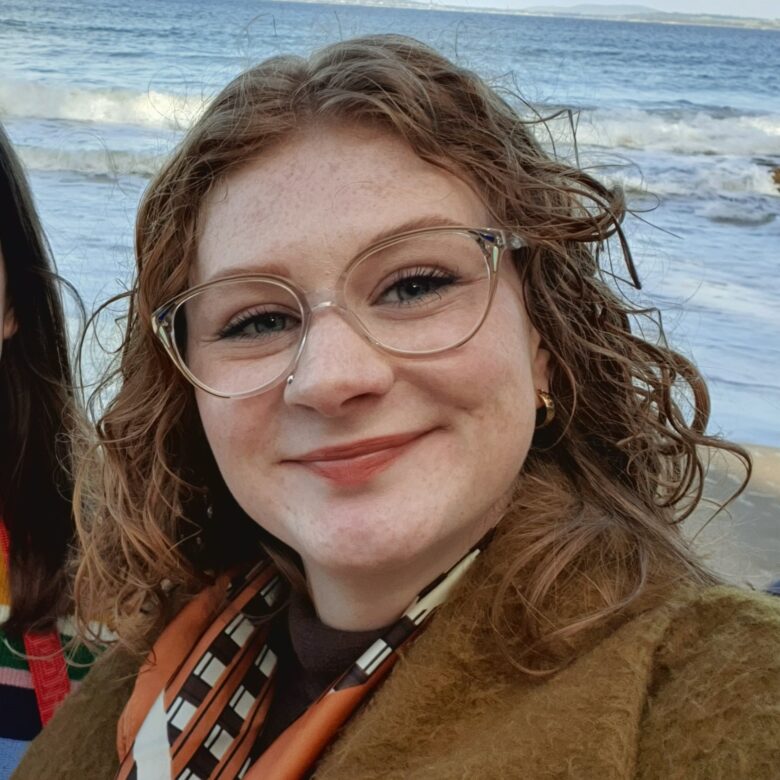Elena Macdonald
Listen to the audio version of this piece
Transient Spaces: Black Disabled Bedsides
I have always found bedsides in the crip, black disabled world, to be transient spaces, spread across endless locations. My photograph represents this confusion of location, and lack of permanence. When invited to take part in this exhibition, I struggle to decide how best to represent my ‘bedside’. One location did not seem right; because it is not the reality for myself, and those of many black disabled kin I know.
Not all bedsides provide sites of rest and regeneration; some (many) are simply sites of survival and grief, of trauma. It is impossible to present all this within one photograph without overloading and losing meaning and balance; whilst there is pain and trauma-rooted ‘bedsides’, I have also managed to build pieces of safety and cocooning; of a space that is all my own, tenuous ‘accessibility’. So I present these collections of images to you, in a way that best represents my spaces.
This collation of my spaces, my sites of healing and violence will not perhaps be intelligible to all who view it – and that is intentional. My focus, as always, is to my kin and community, and it is to their centre, from the margins, that I ‘speak’. I will explain some of the collage here; but what remains unintelligible is intentional, and a discomfort to be embraced.
The central, background image of flowers on a hospital bedside comes from a recent admission. Flowers play a central part in many of my bedsides because of the ways they soothe and ground me; bring some part of Country and lightness into what can often be an unending confinement to the indoors, whether by medical necessity, or the limitations of my body/mind. The flowers can often ‘mask’ the more oppressive reminders of the medical walls within which I am incarcerated, and so I return to them again and again.
The books and journals point to another critical part of the power and promise of my bedside-spaces: reading and thinking more generally. I will always have a journal close by to make sense of whatever thoughts make their way through my fogged and illness-hazy mind. These writings form the foundations of work when I have capacity to do so; when I am no longer so restricted to the bedside-space. The muddling through this thought builds up capacity in the community work I undertake with black disabled kin, and in the continual conversations we have, throughout all stages of our bodies’ limits.
The final two images at the top present a more concrete, practical reality of my bed-side spaces: the medications and medical supplies and medical devices I rely on for my survival, and which are inescapable. They become the background, daily routine in my bedside existences. Including them was important, because to present only the gentle and caring aspects of my bedsides would be to misrepresent the unavoidable reality of crip bedsides: their clutter, messiness, and dysfunctionality. This is represented here in part by my IV pole, with its enteral nutrition bag and line, fed through a pump. What is mundane and joyous to me (the key to my survival, and quality of life) remains, all the same, messy and complicated. To the left is my extensive medication basket, and all the necessary medical supplies required to make my taking medications possible.
And so there they are – the transient crip bedside.


